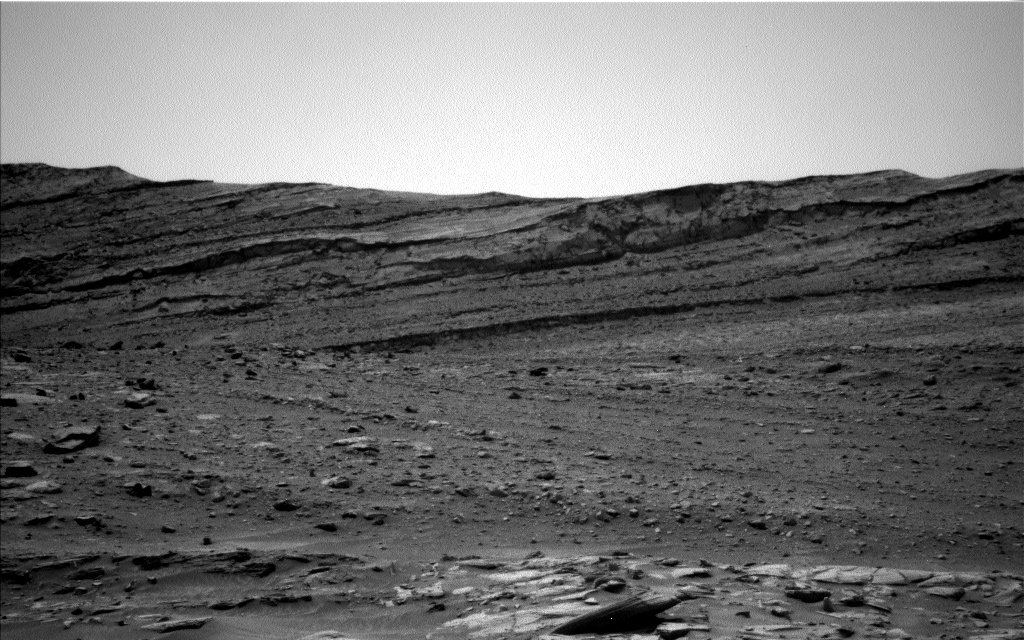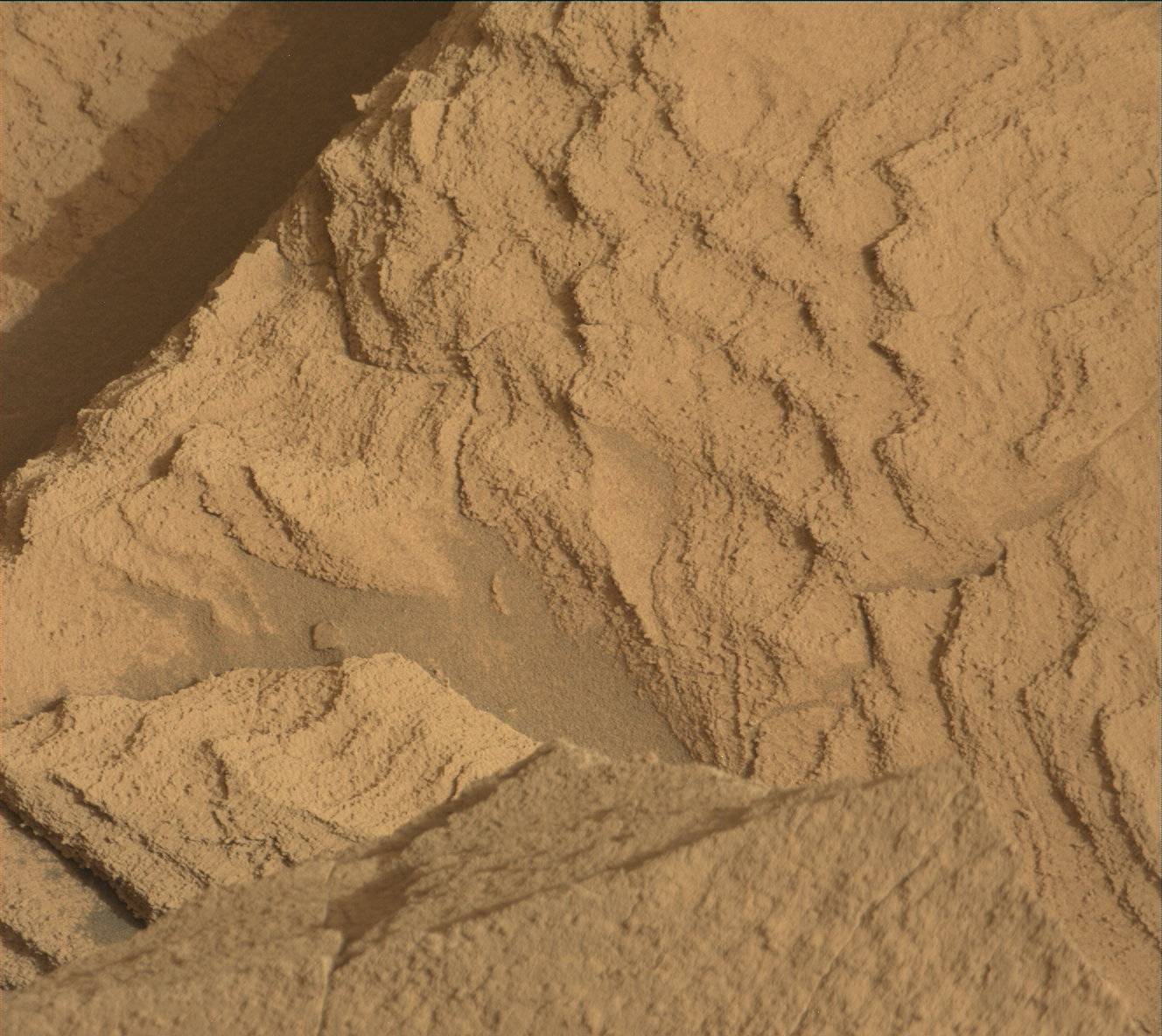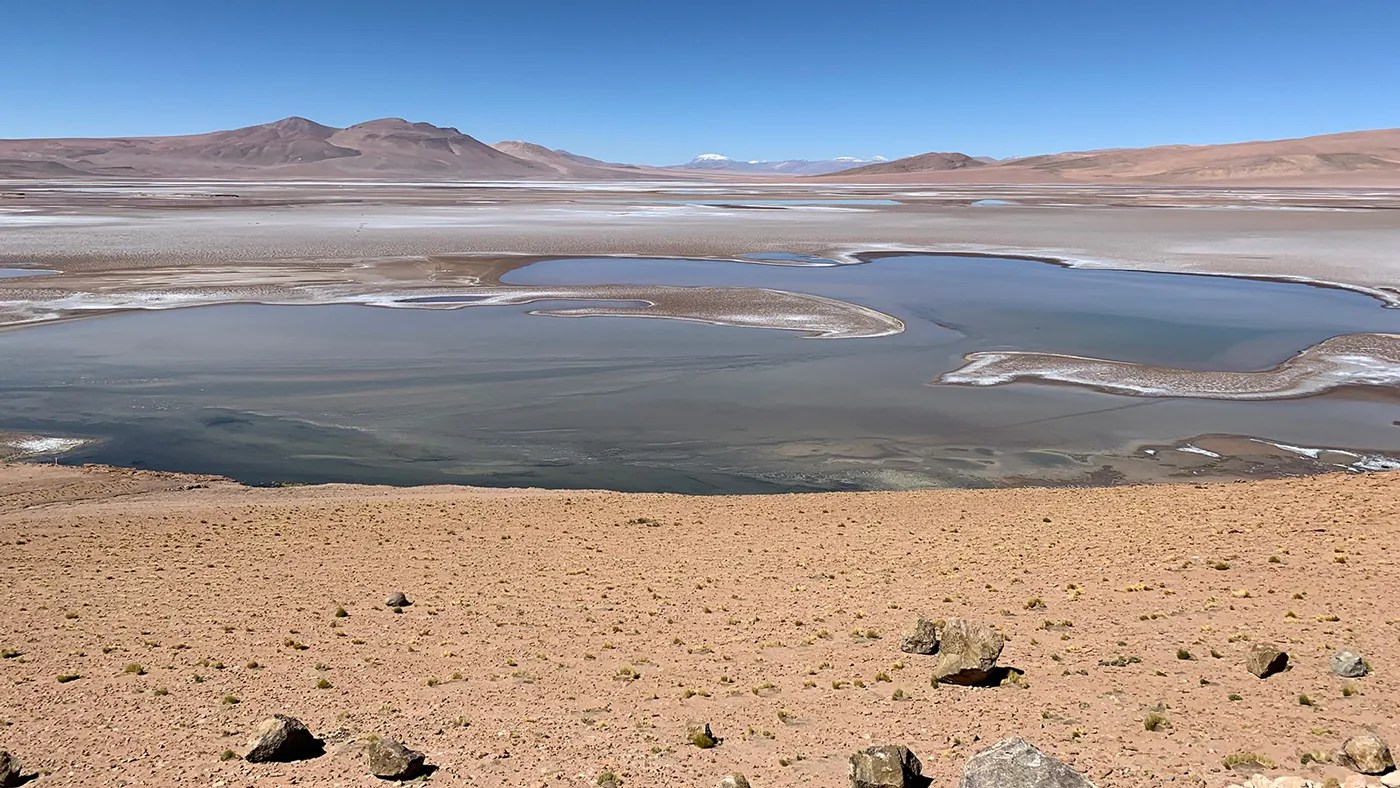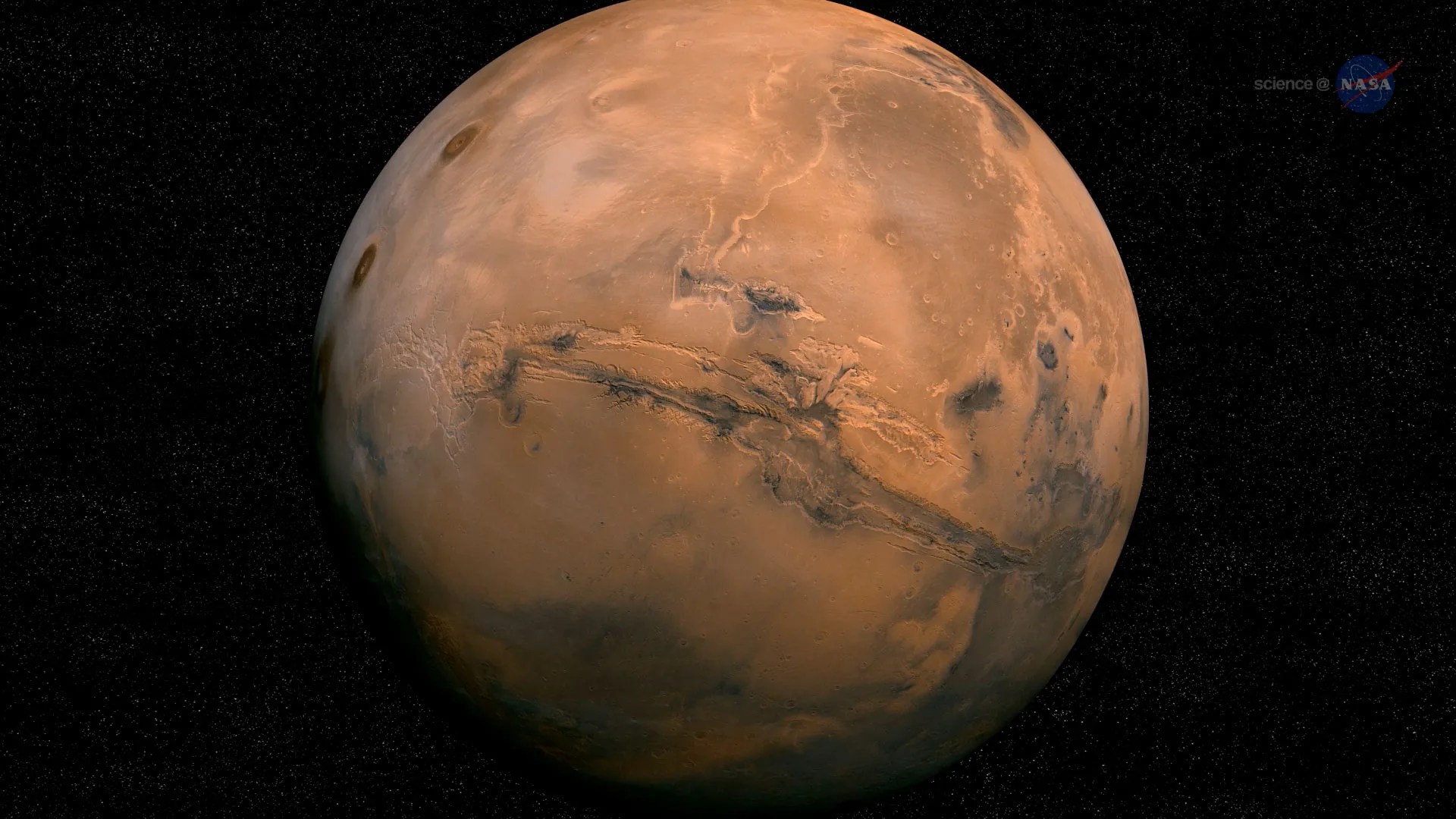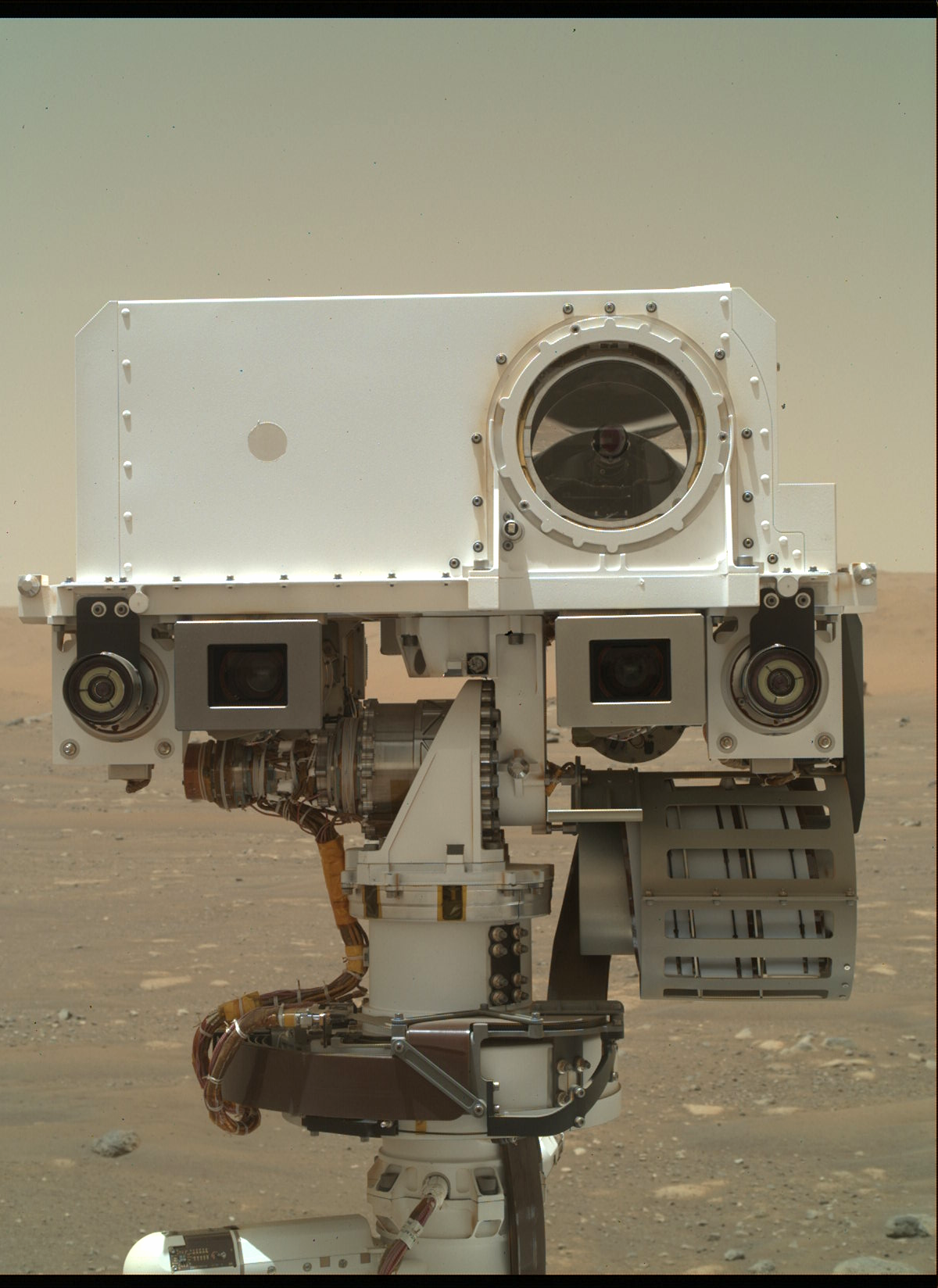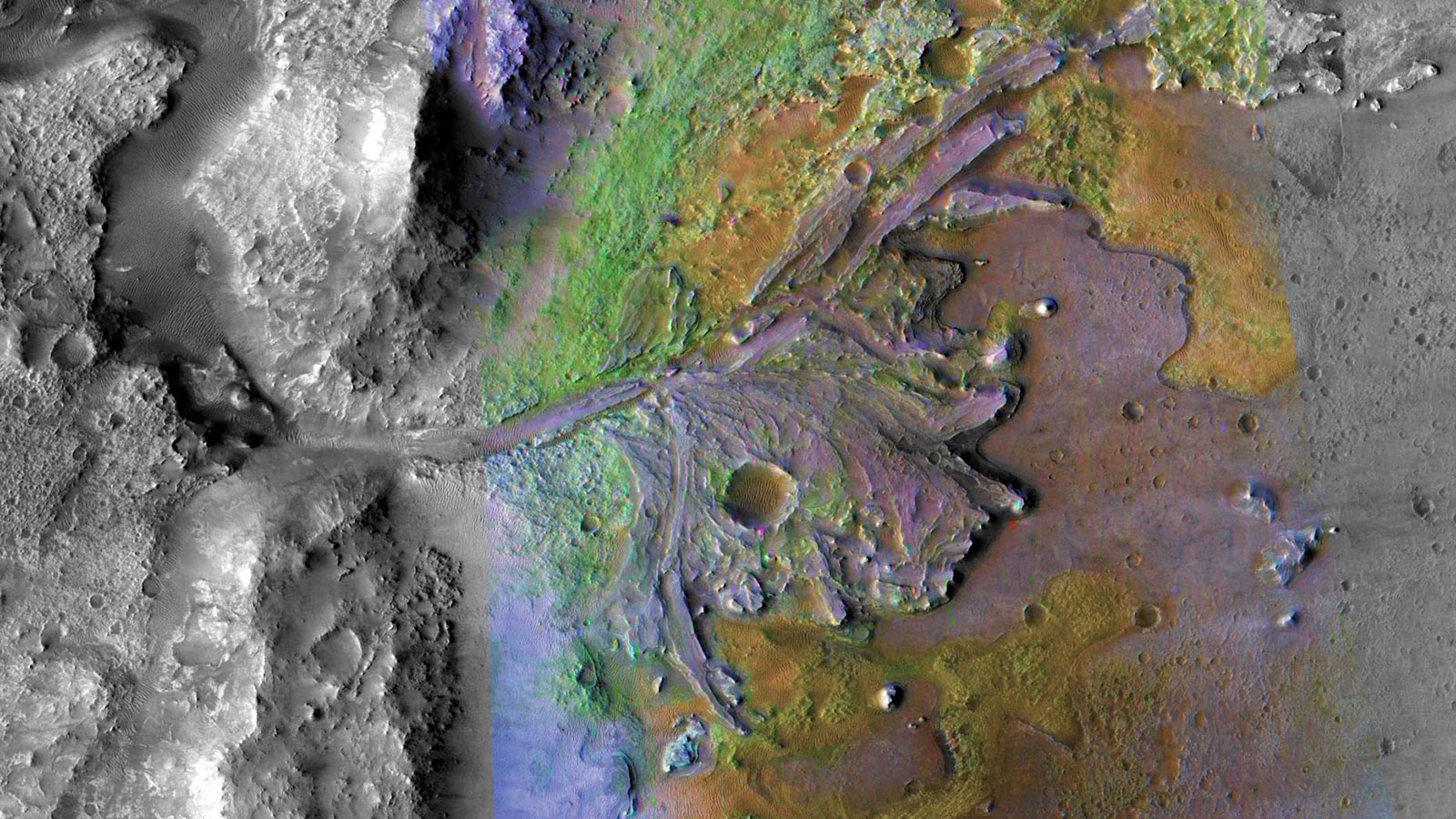3 min read
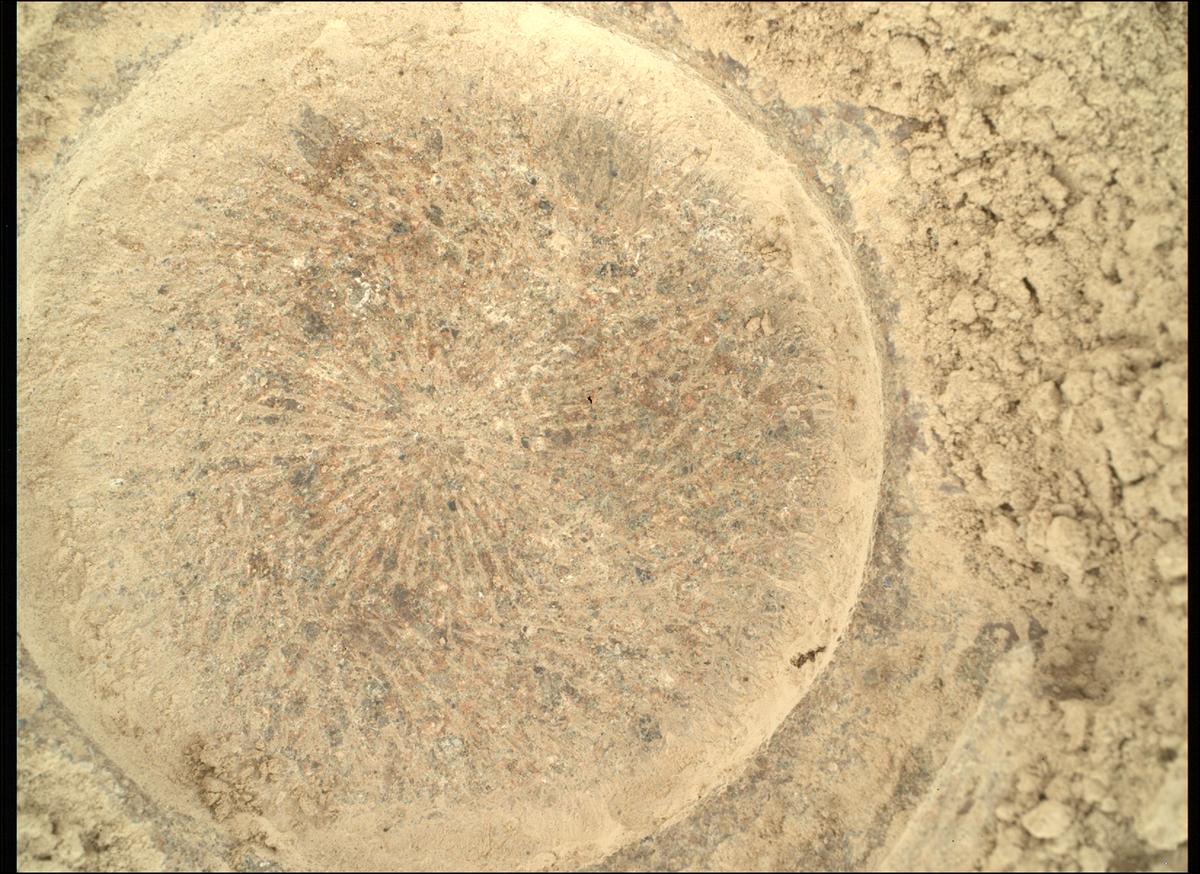
When it comes to searching for clues about Mars’ geologic past and present, SHERLOC and WATSON are on the case! SHERLOC stands for Scanning Habitable Environments with Raman and Luminescence for Organics and Chemicals, and WATSON stands for Wide Angle Topographic Sensor for Operations and eNgineering. SHERLOC and WATSON both sit at the end of Perseverance’s robotic arm, and their names pay homage to the detective work these complementary instruments carry out on Mars as they scan and image rocks up close to query their composition.
SHERLOC is made up of a laser that zaps rocks, spectrometers that detect minerals and organic molecules by measuring laser-rock interactions, and a camera to take images of the scan regions so scientists can identify correlations between rock textures and compositions. WATSON is a camera modeled after the MAHLI (Mars Hand Lens Imager) camera onboard the Curiosity rover, and it takes close-range images (you can find them at this link by selecting “SHERLOC – WATSON” under “Science Cameras” in the panel on the right side of the page) that help rover operators decide exactly where to point SHERLOC so scientists can target visually-interesting areas of rock to scan, while avoiding topographically-challenging surfaces that could prove problematic for instrument placement. In addition to snapping pictures of rock targets before and after SHERLOC runs, WATSON plays an important role in helping the team choose exactly where to place the rover’s drill to sample, documenting the coring process, and providing support for other rover instruments like PIXL (Planetary Instrument for X-ray Lithochemistry), MOXIE (Mars Oxygen In-Situ Resource Utilization Experiment), and SuperCam.
To date, SHERLOC and WATSON have scanned every rock and regolith target where cores were drilled for return to Earth, in addition to performing analyses at several standalone locations along the rover’s traverse. By querying mineralogy, analyzing textures, and looking for organic molecules, SHERLOC and WATSON- along with other rover instruments- help mission scientists and engineers to better understand the geologic history of Jezero crater, search for potentially habitable environments, characterize astrobiologically-interesting rocks, and select which targets to sample for future return to Earth. These robotic gumshoes are continuing to make exciting discoveries about Mars as Perseverance roves across the surface of our neighboring red planet, and with each new discovery they remind us of the original Holmes, who said “Education never ends, Watson. It is a series of lessons, with the greatest for the last.”
Written by Denise Buckner, Student Collaborator at University of Florida

